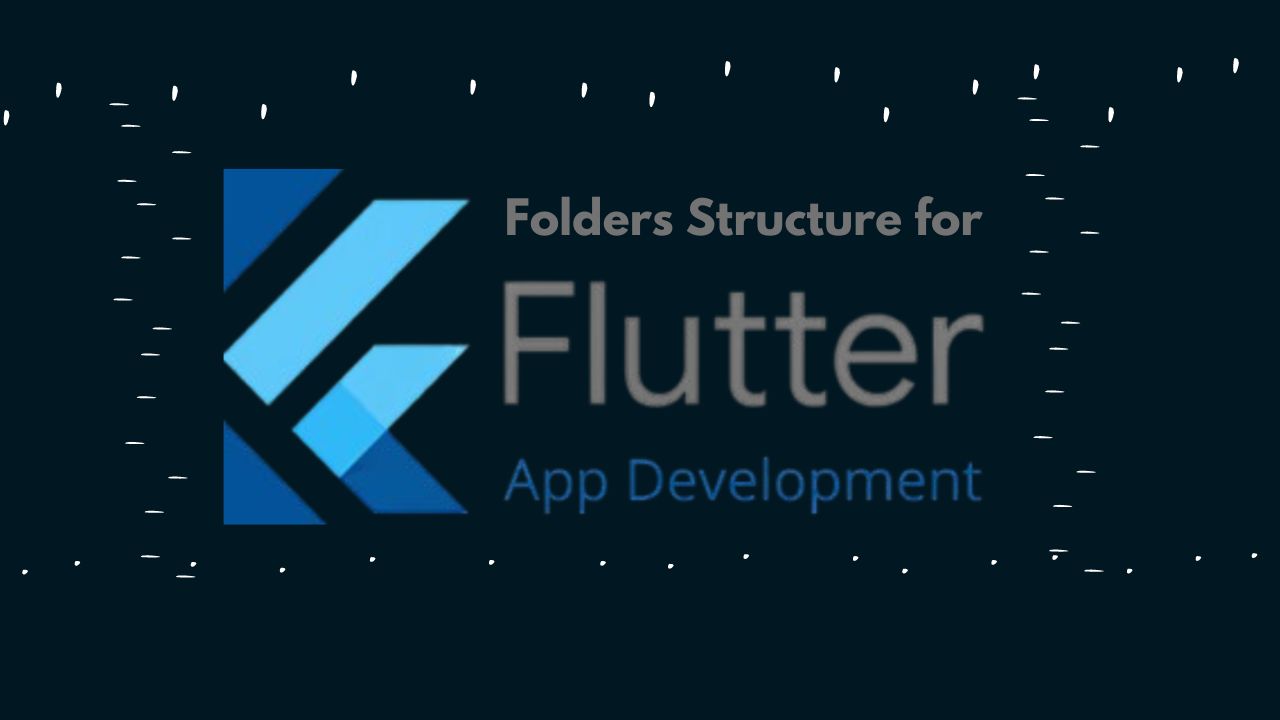
Building AI-Powered Flutter Apps: Best Practices for Folder Structure#
Is this article for you?#
- You want to create a Flutter application but are unsure of which folders should be part of your project.
- You’ve recently joined a Flutter project team and are struggling to understand why there are so many folders and what they contain. If you create a file, you’re not sure where it should go.
- Your customer wants to add AI features to an existing Flutter project, and you don’t know where to place the ML models.
Introduction#
If you want to add AI features to a Flutter app but don’t have an existing AI model, and your team or company is responsible for creating them, it’s recommended to keep AI model development separate from the Flutter project. Once the model is ready, you can either embed it within the Flutter app or consume it via an API.
If you’re working with large models, such as those for Large Language Models (LLMs), avoid placing the models on your local machine or infrastructure. Instead, use cloud services to fine-tune, deploy, and access these models within your Flutter project.
What is Flutter?#
Flutter is a Software Development Kit (SDK) developed by Google, primarily focused on building user interfaces (UI) for various platforms. It is open-source and enables the development of natively compiled applications for mobile (Android, iOS), as well as web and desktop (Windows, macOS, Linux), all from a single codebase.
Key Features of Flutter:#
Single Codebase for Multiple Platforms:
- Write one set of code and deploy it to Android, iOS, web, desktop, and embedded devices.
Widget-based Framework:
- Flutter uses a declarative UI design approach where the entire UI is built using reusable components called widgets. Everything in Flutter is a widget, from structural elements like buttons and text to layout features like padding.
Hot Reload:
- Flutter’s hot reload feature allows developers to see changes in real-time without restarting the entire application, greatly speeding up the development process.
Dart Programming Language:
- Flutter apps are written in Dart, a programming language developed by Google that is optimized for building UIs.
Native Performance:
- Flutter compiles to native ARM code for iOS and Android, enabling high-performance apps that run smoothly across devices.
Rich Ecosystem and Libraries:
- Flutter offers a large collection of libraries and packages for various functionalities, including networking, data storage, state management, and more.
Customizable UI:
- Flutter provides developers with total control over every pixel on the screen, making it possible to create highly customized UIs.
Cross-platform Rendering:
- Flutter uses its own rendering engine, Skia, to directly render widgets to the platform, eliminating the reliance on platform-specific components, unlike traditional cross-platform frameworks.
Advantages of Flutter:#
- Fast Development: Hot reload and pre-designed widgets make Flutter development rapid and efficient.
- Consistent UI Across Platforms: Flutter delivers a uniform user interface across platforms but allows customization as needed.
- Community Support: Strong community backing, with official support from Google.
- Access to Native Features: Platform-specific APIs and functionalities can still be accessed through platform channels.
Flutter Ecosystem:#
- Flutter SDK: Contains all the core Flutter libraries, tools, and APIs.
- Dart SDK: Includes the tools necessary to write and build Dart applications.
- pub.dev: The official package repository for Dart and Flutter, where developers can find and share packages.
Programming Language Support in Flutter#
Flutter primarily uses Dart, but it can interact with other languages for platform-specific code.
Supported Languages:#
- Dart: The main language for Flutter apps.
- Kotlin (Android): Used for Android-specific code via platform channels.
- Java (Android): An alternative for Android development.
- Swift (iOS): Used for iOS-specific development.
- Objective-C (iOS): An older language still supported for iOS.
- C/C++: If necessary, Flutter can interact with native C/C++ libraries through platform channels or Dart’s
ffi(foreign function interface) for low-level system functions.
Flutter Folder Structure#
If your Flutter project includes AI features, the following folder structure is recommended:
flutter_project/
├── android/ # Native Android app files
├── ios/ # Native iOS app files
├── web/ # Web app files
├── windows/ # Windows app files
├── linux/ # Linux app files
├── macos/ # macOS app files
├── lib/ # Dart source code (main directory)
│ ├── main.dart # Entry point of the app
│ ├── screens/ # UI screens
│ ├── models/ # Data models (for app logic, not ML models)
│ ├── services/ # Services (e.g., loading ML models, predictions)
│ └── widgets/ # Reusable widgets
├── assets/ # Static resources (images, fonts, etc.)
├── test/ # Unit and widget tests
├── build/ # Generated files for building the app
├── logs/ # Logs (e.g., user feedback)
│ ├── web_logs/ # Web-specific logs
│ └── mobile_logs/ # Mobile-specific logs
├── assets/ # General assets (e.g., images, fonts)
│ └── models/ # ML models used across platforms (for smaller models)
├── ml_models/ # Folder for machine learning models
│ ├── model.tflite # TensorFlow Lite model
│ ├── model_metadata.json# Model metadata
│ └── labels.txt # Label file for classification models
├── .gitignore # Git ignore file
├── pubspec.yaml # Project configuration and dependencies
└── pubspec.lock # Dependency lock file
Why use an ml_models/ folder:#
- Separation of concerns: Keeps ML models organized and separate from your Flutter code.
- Scalability: Manage multiple models efficiently as your project grows.
- Different models for different platforms: Depending on the platform (web, mobile, desktop), model constraints will differ. For example, mobile devices can’t handle large models that require high computational power.
- Cleaner project management: Your assets folder stays focused on non-model resources like images and fonts.
If you’re using models embedded in the app (rather than consuming them via API), update your pubspec.yaml to make the models accessible:
flutter:
assets:
- ml_models/model.tflite
- ml_models/labels.txt
This structure will help you integrate machine learning models with Flutter while maintaining a clean and manageable project.
Hashtags:#
#FlutterDevelopment #MachineLearning #AIinApps #FlutterML #MobileAppDevelopment #CrossPlatformDevelopment #AIIntegration


Comments: